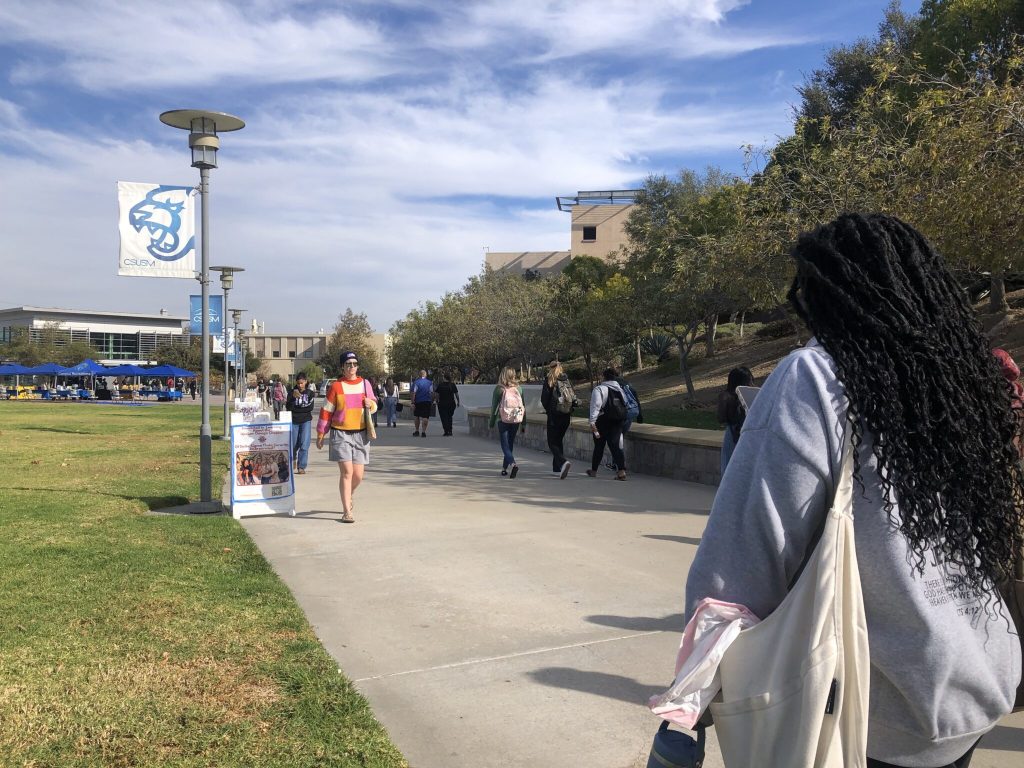Parents Still Value Four-Year College for Their Student-Athletes Despite Growing Doubts

In the ever-evolving landscape of education and career opportunities, parents are still prioritizing a four-year college education for their children — including their student-athletes — despite increasing skepticism surrounding the value of higher education.
A recent Gallup survey, conducted in June 2025, shows that 40% of parents hope their children pursue a four-year college education, making it the most popular choice for post-high school life. This desire for a traditional college route remains strong, even as the cost of college rises and some are questioning whether degrees still guarantee career success.
For student-athletes, the college experience can be even more complicated. Between balancing academic obligations and sports commitments, many are faced with the tough decision of whether to stay on the collegiate track or explore alternative options like the workforce, job training, or even taking a gap year. While the pressure of NIL deals and athletic success weigh heavily, parents still see the potential for their children to thrive in college, both on and off the field.
This ongoing debate about the true value of a college degree is compounded by economic factors, such as rising tuition costs and growing concerns about college debt. For student-athletes, the idea of securing NIL deals and preparing for a professional career may lead some to question if a traditional four-year college is the best investment. However, many parents continue to believe that the structure, experience, and long-term benefits of a college education — combined with athletic development — remain essential.
Gallup’s findings suggest that the preference for a four-year degree is rooted in more than just tradition. Parents, particularly those with a college education themselves, strongly believe that attending a four-year college remains a key to providing their children with valuable career opportunities and a well-rounded experience. However, the shift toward more specialized career paths for student-athletes — like professional sports or entrepreneurship through NIL — shows how this traditional route may need to adapt to fit today’s dynamic career landscape.
While the debate continues, one thing is clear: the path for student-athletes is evolving, and their future may blend both education and professional opportunities in ways we haven’t yet fully imagined.

